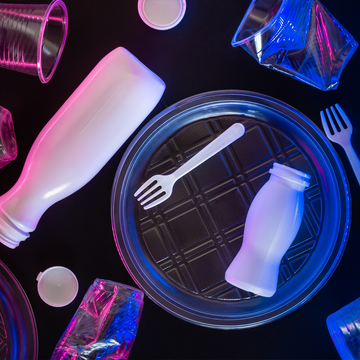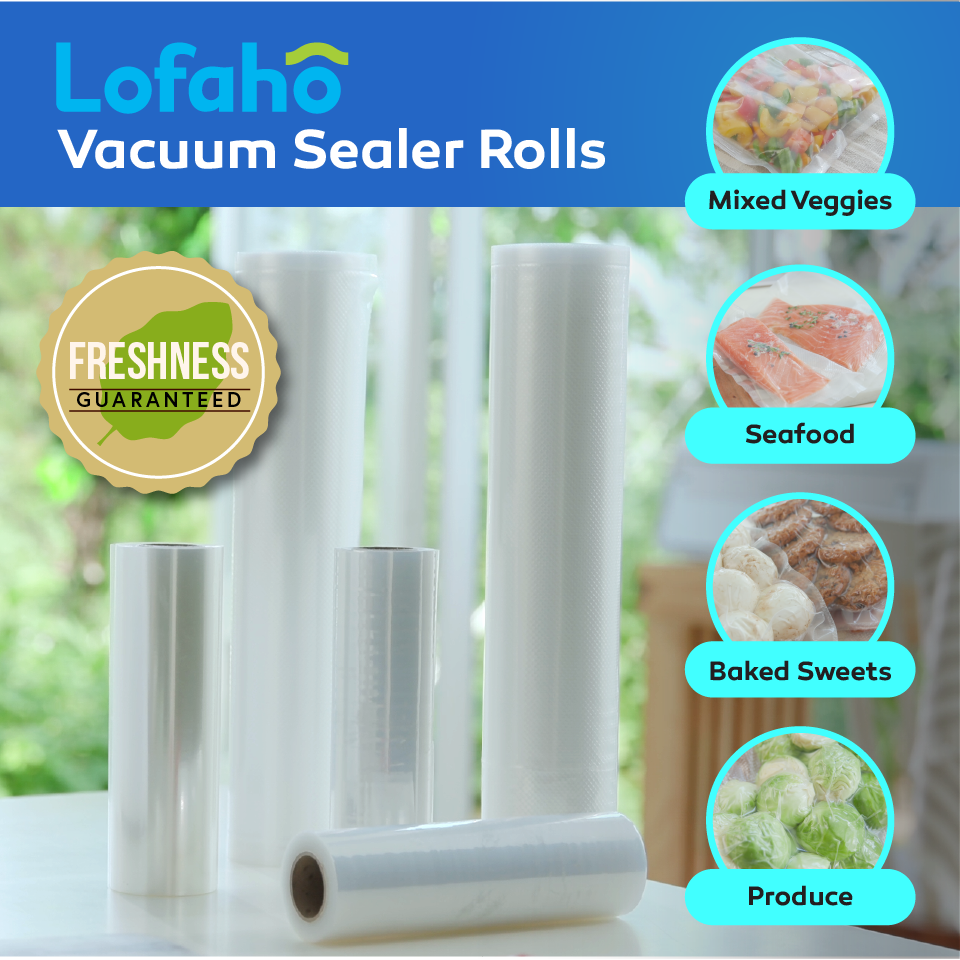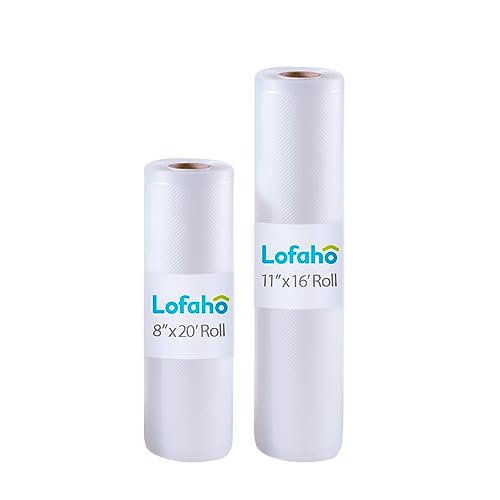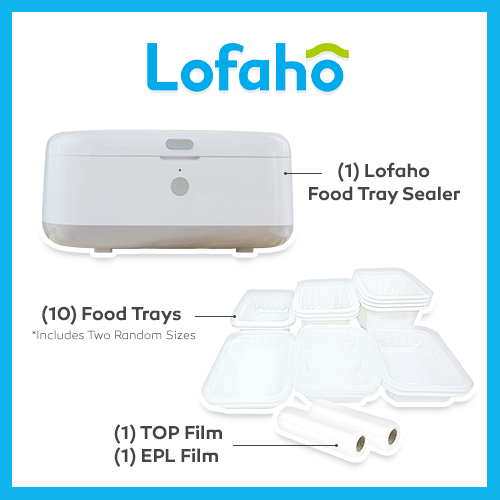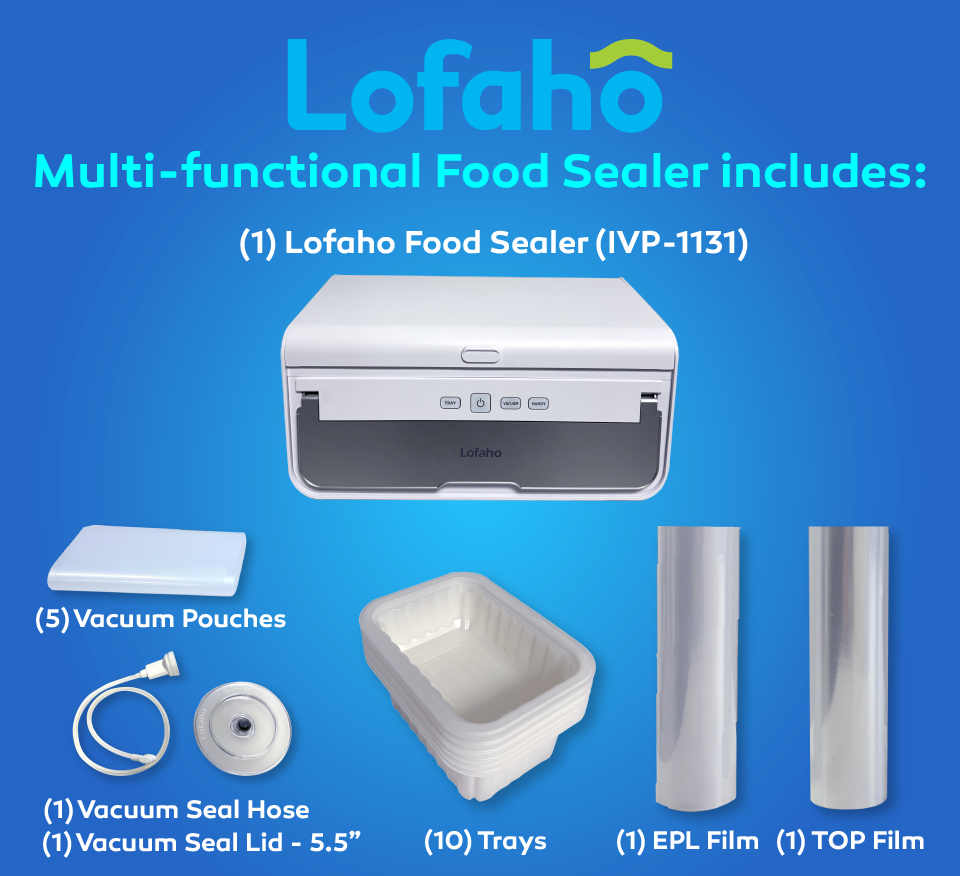Debating whether a container can be microwaved is a common daily question. There’s a good chance it can’t withstand the heat and will begin melting or warping, and you definitely don’t want bits of melted plastic inside your soup. If the plastic is tough enough to withstand melting what’s the next reason you might be wary? It might begin to emit chemical smells, that’s a quick sign the food is being infused with harmful toxins.
Even if the plastic container passes all these concerns and is able to be microwaved the plastic it is made of can be leaking harmful chemicals such as BPA into the food. BPA can’t be detected as it doesn’t give off a certain smell or taste. It’s used in the production of so many items for storing food in there’s a guarantee you own some items without even being aware. You’ve likely heard of BPA but what exactly is it and why is it unsafe? We’ll look into all that and more so you can be making the safe choices about your plastic food containers.
What is BPA?
BPA stands for Bisphenol A (BPA), which is a common chemical found in polycarbonate plastics goods. It’s a strong material, easy to produce and very versatile which allows it to be used for many items containing plastic and internal epoxy resin coatings.

What sort of items is BPA found in?
Both food, drink, and everyday household items contain BPA. It’s impossible to stay away from BPA due to it being everywhere and inhaling BPA dust particles. However, if we can avoid putting it on our bodies when possible that will lead us to be much healthier.
- BPA is found in many types of plastic food packaging along with water bottles and reusable drink containers.
- Epoxy resins line cans, bottle tops, jar lids, and water supply pipes.
- Children’s toys sometimes contain BPA so if you have a young child who puts the toys in their mouth be sure to purchase ones without this chemical.
- Electronics, car parts, toiletries, eyewear, windows, and dental filling sealants.
What harm does it do?
BPA disrupts hormones in everybody, resulting in different complications depending on age. In both men and women it can cause infertility issues, while it children it can onset early puberty. For women there are more serious effects as it can age the reproductive system faster and cause complications in their future children. The chemical can be passed to fetuses and cause development in them and children.
Other issues that can effect everyone are increased blood pressure, type 2 diabetes, cardiovascular disease, accrue in tissue and organs, and cause metabolic disruptions.
There is much unknown about all the potential risks as there haven’t been enough studies done. What’s still important to note is that BPA daily enters the body through the air we breathe in and continues to accumulate in our bodies. Using BPA products will increase the amount of BPA we all have.
How to avoid BPA
Don’t purchase plastic containers that aren’t marked as BPA free, since the majority of plastic containers nowadays have marks showing if they contain BPA. Many containers also have recycle codes to know how they should be sorted based on the materials they’re made out of. If the recycle codes have a 3 or a 7 it means they contain BPA.
Be sure not to microwave any plastic that contain BPA or aren’t sure the makeup of.
Avoid packaging that often has BPA lining, such as plastic water bottles and metal cans.
Don’t consume goods past expiration dates. It’s not a good idea to drink from a bottle of water that’s past its expiration date not because the water has gone bad, it’s due to all the chemicals that leaked into it. Have you ever drank water that was kept in a car on a hot day? It tastes off due to all the chemicals that escaped due to being heated up.
Instead of purchasing prepared fruits and vegetables in plastic containers or cans, choose fresh produce and prepare it yourself.

Why choose Lofaho as BPA free option for food storage?
You can place warm food in Lofaho trays and safely microwave later in the same tray. Lofaho trays are sealed with a plastic film that is BPA free as well and can be safely heated up. Just be sure to tear some film away before heating to allow heat to escape.
Lofaho food trays don’t emit any chemical smells or change in color when kept in hot or cold temperatures. Just like the trays can be safely heated up they can also be frozen. The trays can be reused up to ten times, and they can be washed in a dishwasher, withstand the heat there as well.
Besides being BPA Lofaho trays have many features to offer. Instead of coming with a lid like most containers these trays are sealed with a plastic film on top, making them leak proof and extending the shelf life of your food. It’s ideal to prep out lunches for a week or prepare vegetable and meat to easily cook dinner with later. You might be thinking how does tray sealing work and if it requires any big and experience equipment. The answer that all that is no, its very easy with a small Lofaho tray sealing machine. It only takes seconds to seal with the push of a button. Check out this article that goes through the process.
Lofaho offers a solution for restaurant owners as well. Regular plastic containers with lids often leak during delivery. With a securely sealed film top liquid food items such as soups or sauces won’t ever spill. If you’re a business that relies on delivery orders its worth investing for satisfied customers, along with protecting your customers health with BPA free trays.
To purchase a Lofaho Tray Sealing machine follow this link.

